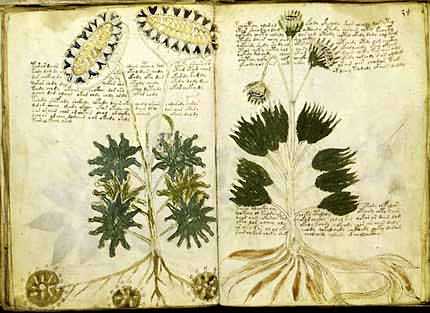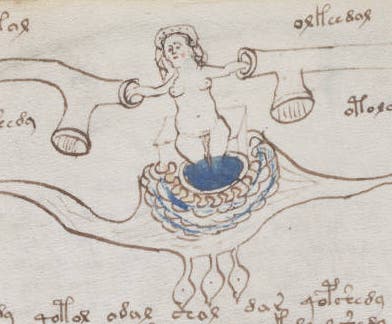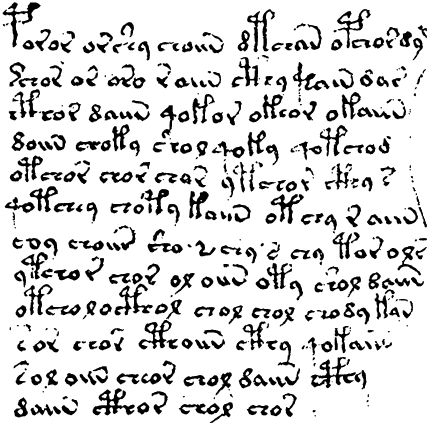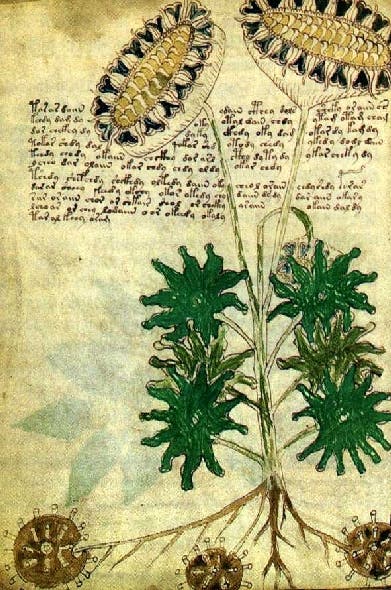The Voynich manuscript is perhaps one of the most mysterious manuscripts of all time; it contains 240 pages written in an unknown languages, with strange drawings, and with no clues of an author. It has been studied by some of the world’s sharpest minds in code breaking, but it defied all deciphering attempts.
Recently, researchers from the University of Arizona have pushed back the manuscript’s origin to the 15th century, using radiocarbon dating, making it at least a century older than previously thought. They were able to do this because the parchment pages were made out of animal skins, which of course contain organic traces and can be carbon dated.
“This tome makes the “DaVinci Code” look downright lackluster,” the researchers said. “Alien characters, some resembling Latin letters, others unlike anything used in any known language, are arranged into what appear to be words and sentences, except they don’t resemble anything written – or read – by human beings,” the team said.
It may well be another decade or even a century until the Voynich manuscript is translated and its meaning understood, but until then it fascinates everybody, including Greg Hodgins an assistant research scientist and assistant professor of the University of Arizona.
“I find this manuscript is absolutely fascinating as a window into a very interesting mind. Piecing these things together was fantastic,” Hodgins says. “It’s a great puzzle that no one has cracked, and who doesn’t love a puzzle?”













